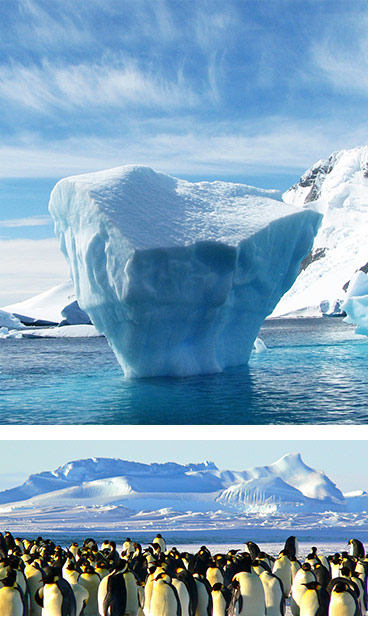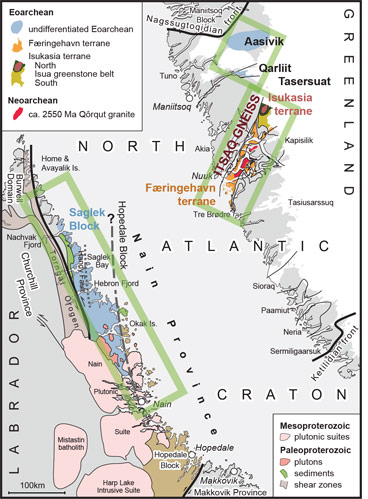Poles Together – missing links between Arctic and ANtarctic early Earth records PAAN


Figure 1. Geological sketch-map of the North Atlantic Craton (NAC) (after Dunkley et al. 2019). Areas of planned field exp ditions are marked with green boxes. Inset in right bottom corner: A flow diagram of crustal evolution in Eoarchean domains across the Greenland, Labrador and Antarctica (after Nutman et al., 2015).
From the time of Earth formation around 4.56 billion years ago (Ga) to the end of the meteoritic Late Heavy Bombardment that affected all rocky planets until ca. 3.8 Ga, there is little evidence concerning the extent or composition of the Earth’s crust. On Earth from 4.5 to 4.0 Ga (the Hadean), no rock record remains, but rare crystals of the mineral zircon (ZrSiO4) provide minute time capsules of what our planet’s crust was like. Between 4.0 and 3.6 Ga, a partial rock record is preserved in just a few terranes on Earth, and chemical relationships between the chemistry of these rocks and the zircons they contain allow us to infer composition and extent of the earliest crust. Most of these terranes remain under-investigated, especially those in the polar and subpolar regions, where there is the greatest potential for discoveries of new areas of Eoarchean crust.
Through a combination of expedition work together with geochemical and geochronological investigations (Fig. 1), the PAAN project will deliver breakthrough science by unlocking significant new information about Earth’s early history, especially with respect to the formation and evolution of continental crust.
To achieve this goal zircon in samples from polar and sub-polar regions (namely Antarctica, Greenland and Labrador) will be used in combination with geochemistry and field work. Integration of these avenues of investigation will be used to compare the geological histories of these regions in order to find ‘missing link’ between them. The inset in the Figure 1 shows evidence for potential co vergence of crust into a single hypothetical continent during Eoarchean. The overarching goal of the project will be to test the hypothesis that by 3.6 Ga these disparate relics of Eoarchean crust were part of the same ‘first supercontinent’.


